Order: Strigiformes. Family: Strigidae
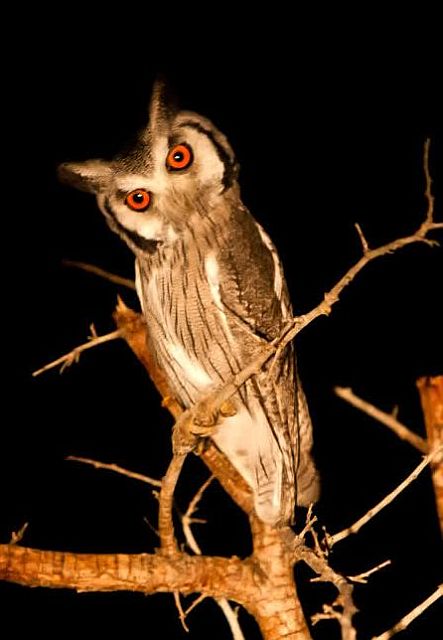
Description
Size: 20–21 cm. Small owl with ear tufts and white facial disc edged with black and with bright orange (not yellow) eyes.
Adult: Sexes alike in plumage coloration. Rather stockily built, dove-sized owl. Facial disc large, white, with broad black border and black edges to long, large 'ear' tufts. Upper parts grey, with distinct black streaks. White tips to scapulars form pale line across shoulder. Underparts pale grey to white, with narrow black streaks and fine grey bars. Individual variation in intensity of colour and markings. Bill and cere pale grey. Eyes orange, large. Legs and feet pale grey-brown.
Distribution
Throughout the sub-Saharan region of Africa, from southern DRC and Tanzania to Zambia, Angola, Malawi and southern Africa. Within southern Africa it is locally common in Namibia, Botswana, Zimbabwe, Mozambique and north-eastern South Africa.
Habitat
Thornveld and dry, broad-leaved woodland.
Diet
The diet includes large insects and arachnids, also mammals and birds up to the size of a dove. It hunts by flying from perch to perch, trying to locate prey. Once prey is spotted, it descends to the ground to pluck the animal up with its talons.
Breeding
It usually nests in stick nests made by other birds, sometimes evicting raptors (eg. Shikra, Gabar Goshawk, Ovambo Sparrowhawk) before they have even laid all their eggs! It also nests in natural cavities in trees. Egg-laying season is mainly from August to November, exceptionally in February and May. It lays 2-4 eggs, which are incubated mainly by the female for 30 days, while the male does most of the hunting. The chicks are are fed only by the male for about two weeks, after which both sexes do the hunting. The brood leave the nest for the surrounding bush when they are 28 days old, and can fly 2-5 days later. They are dependent on their parents for at least two weeks after leaving the nest.
Call
Its call is variously described as a tremulous, two-syllable whoo-oooo, or a more dovelike coo-coo. Listen to Bird Call.
Status
Common resident.



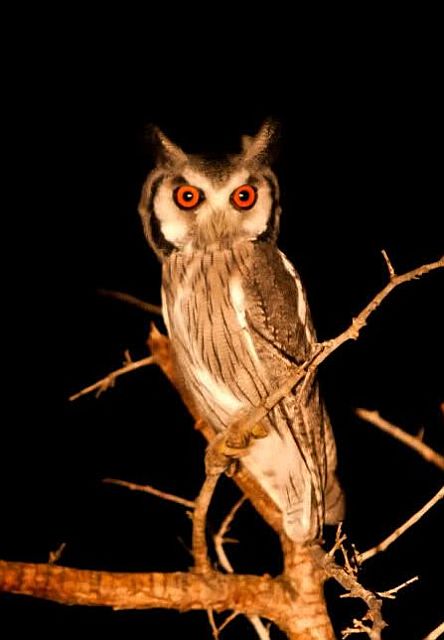
 © ExFmem
© ExFmem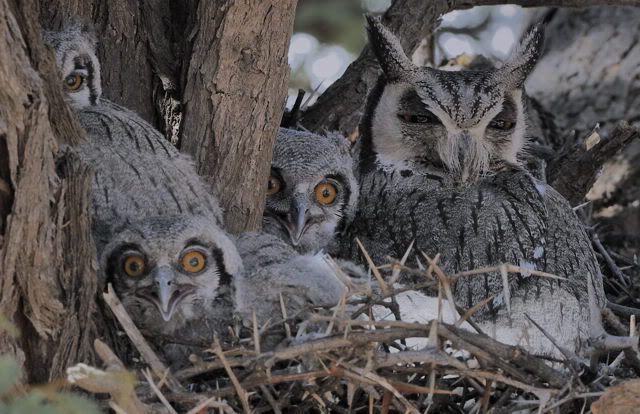 © Dewi
© Dewi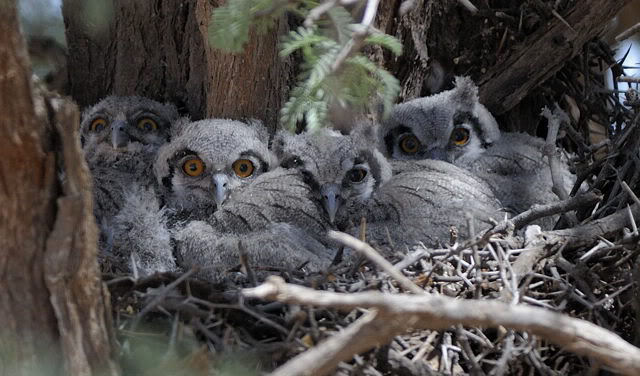 © Dewi
© Dewi © ExFmem
© ExFmem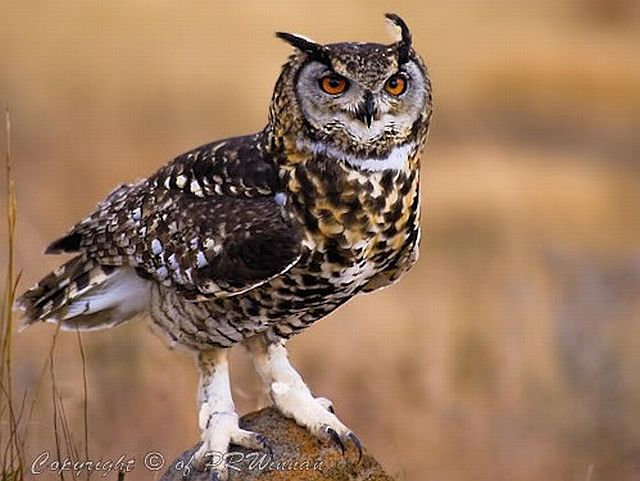
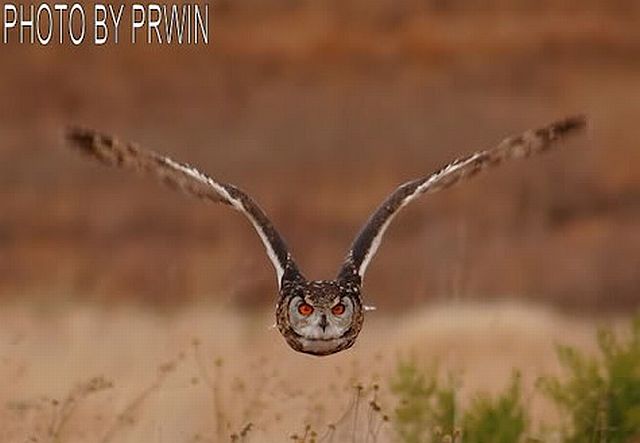
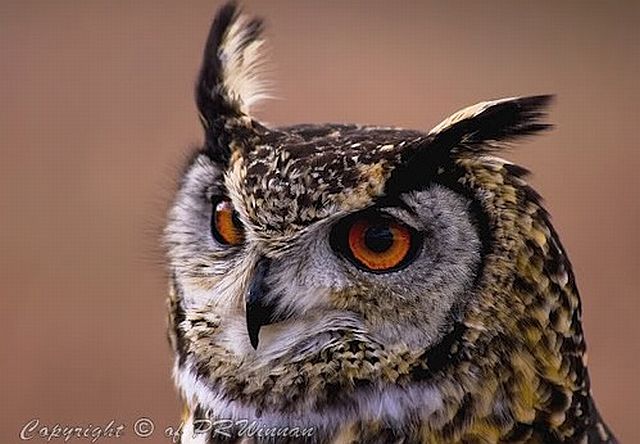
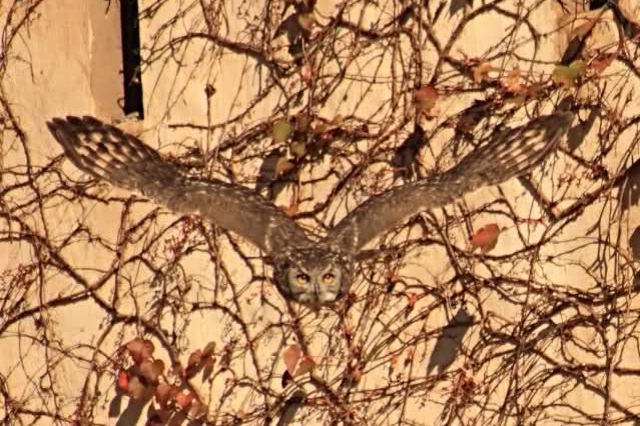

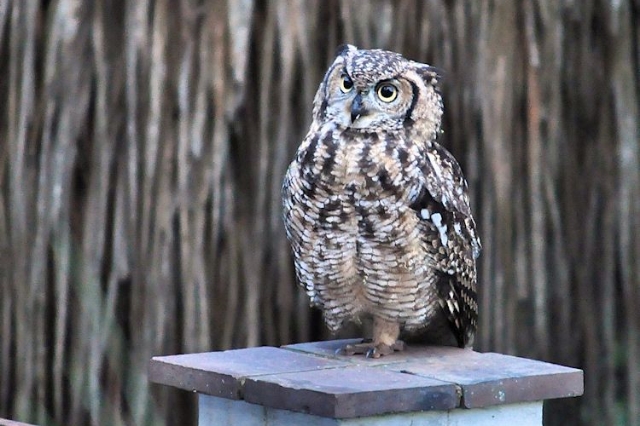 © 100ponder
© 100ponder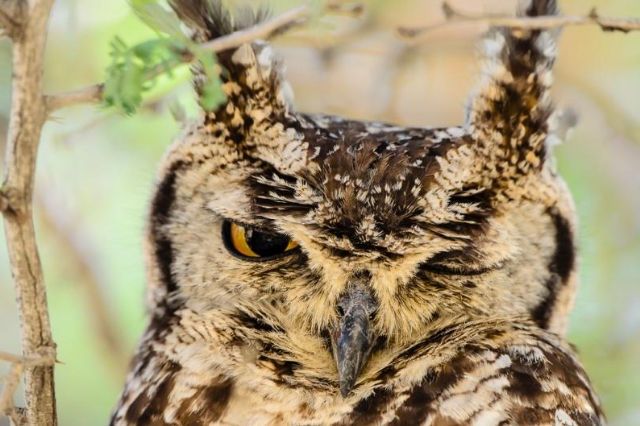 © Peter Connan
© Peter Connan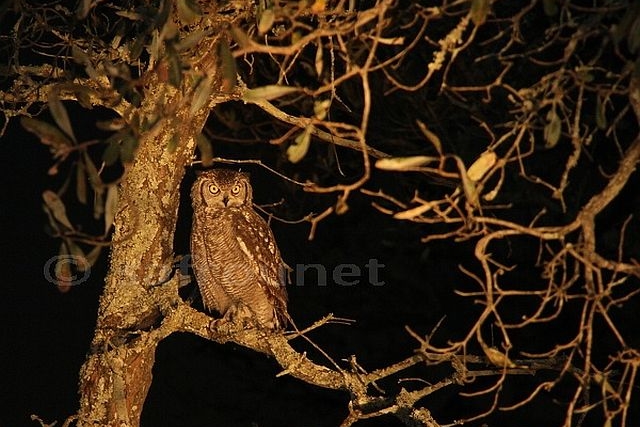 © nan
© nan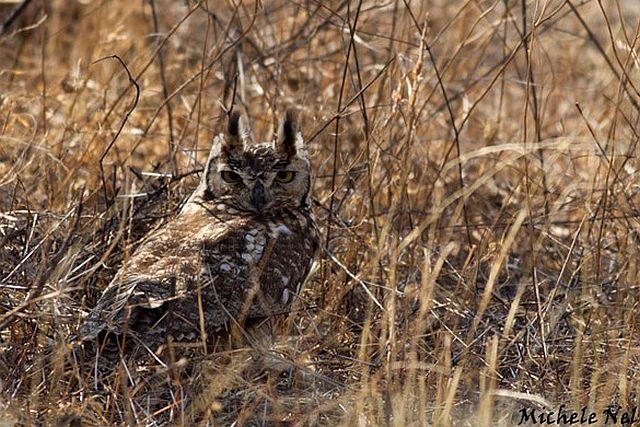 © Michele Nel
© Michele Nel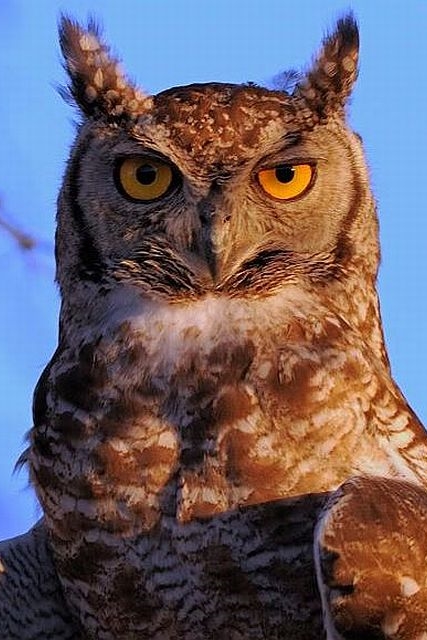 © Dewi
© Dewi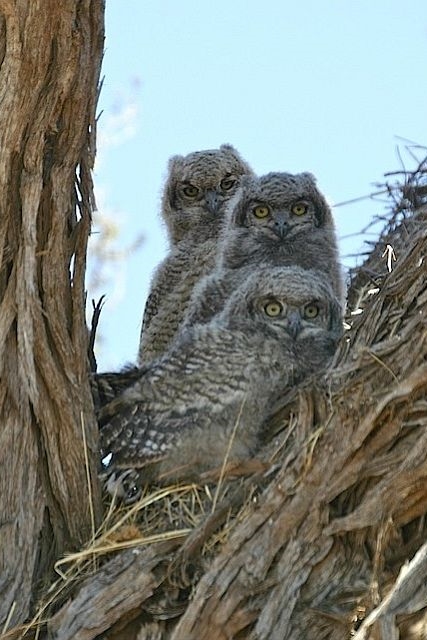 © ExFmem
© ExFmem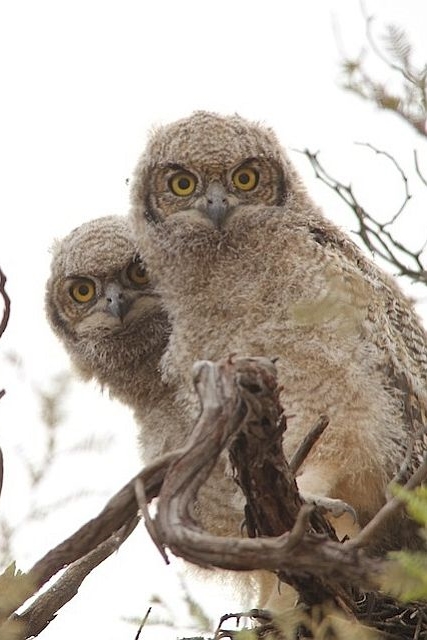 © ExFmem
© ExFmem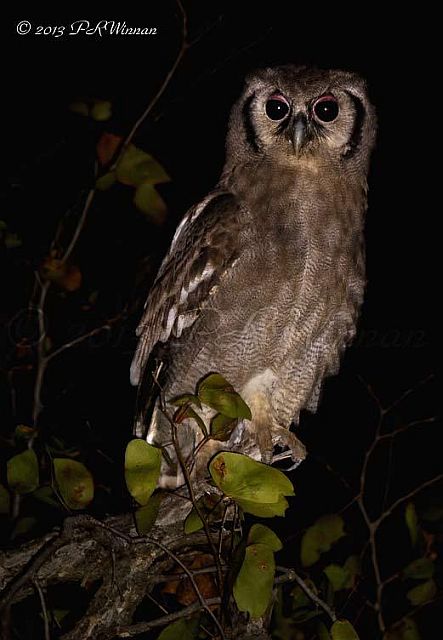

 © Bushcraft
© Bushcraft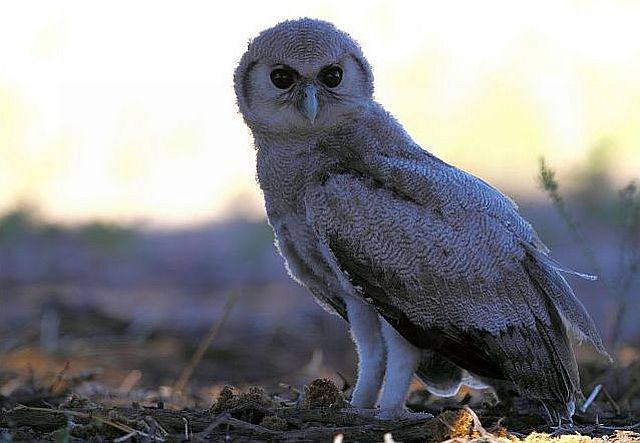 © Duke
© Duke © Flutterby
© Flutterby © nan
© nan © nan
© nan © lowveldboy
© lowveldboy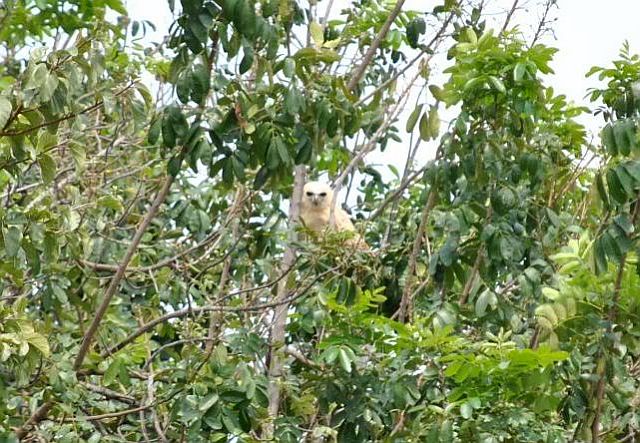 © lowveldboy
© lowveldboy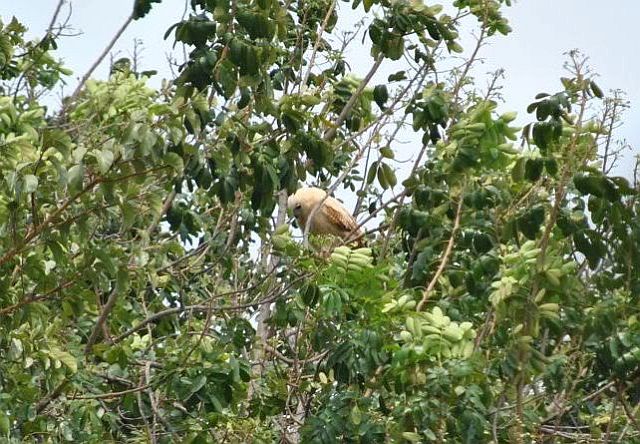 © lowveldboy
© lowveldboy © Bush Brat (Balule)
© Bush Brat (Balule)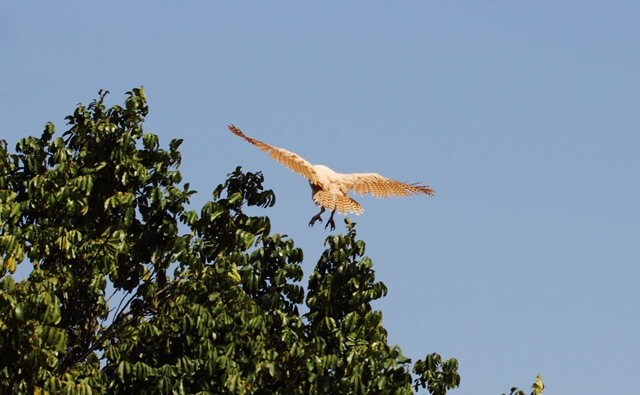 © Bush Brat
© Bush Brat © Dewi (Botswana)
© Dewi (Botswana)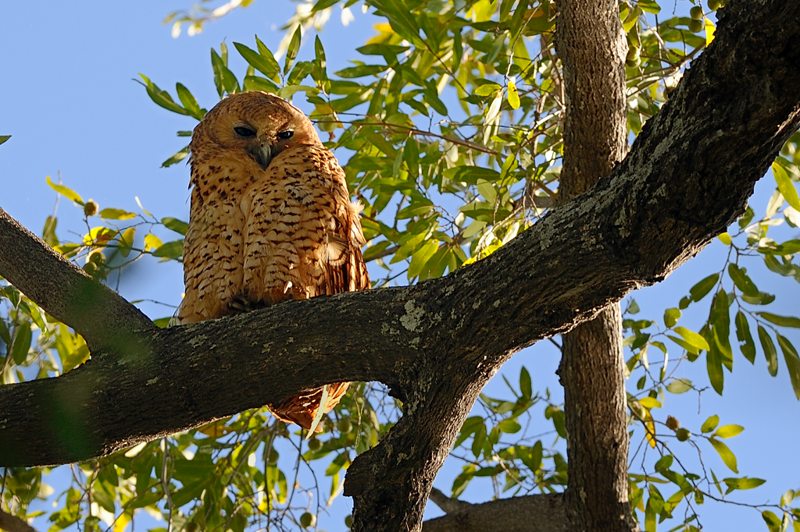 © Dewi (Botswana)
© Dewi (Botswana)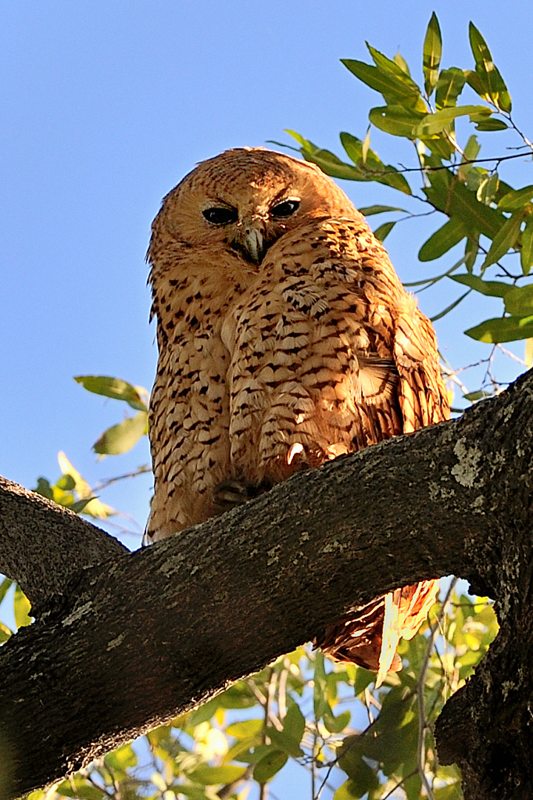 © Dewi (Botswana)
© Dewi (Botswana)